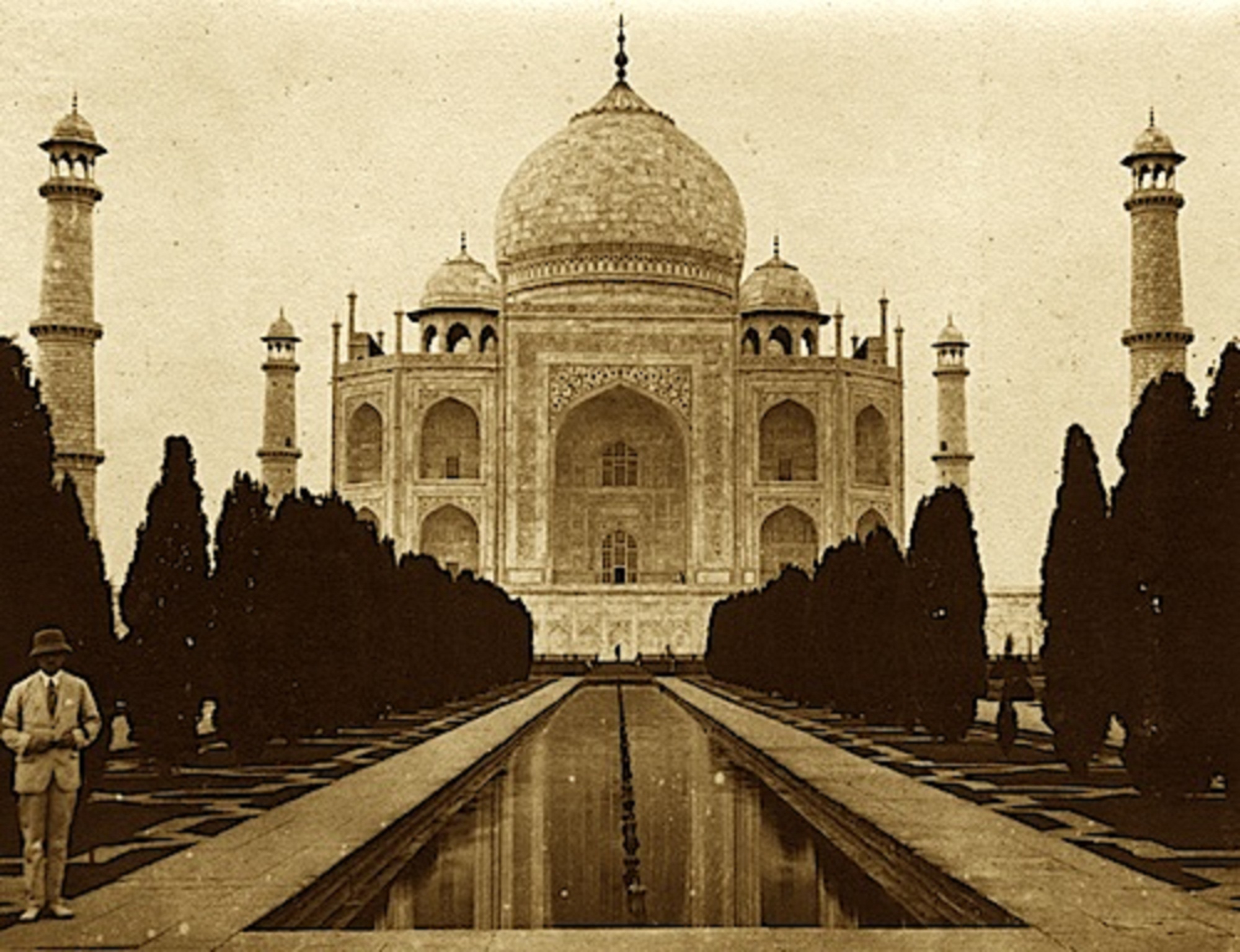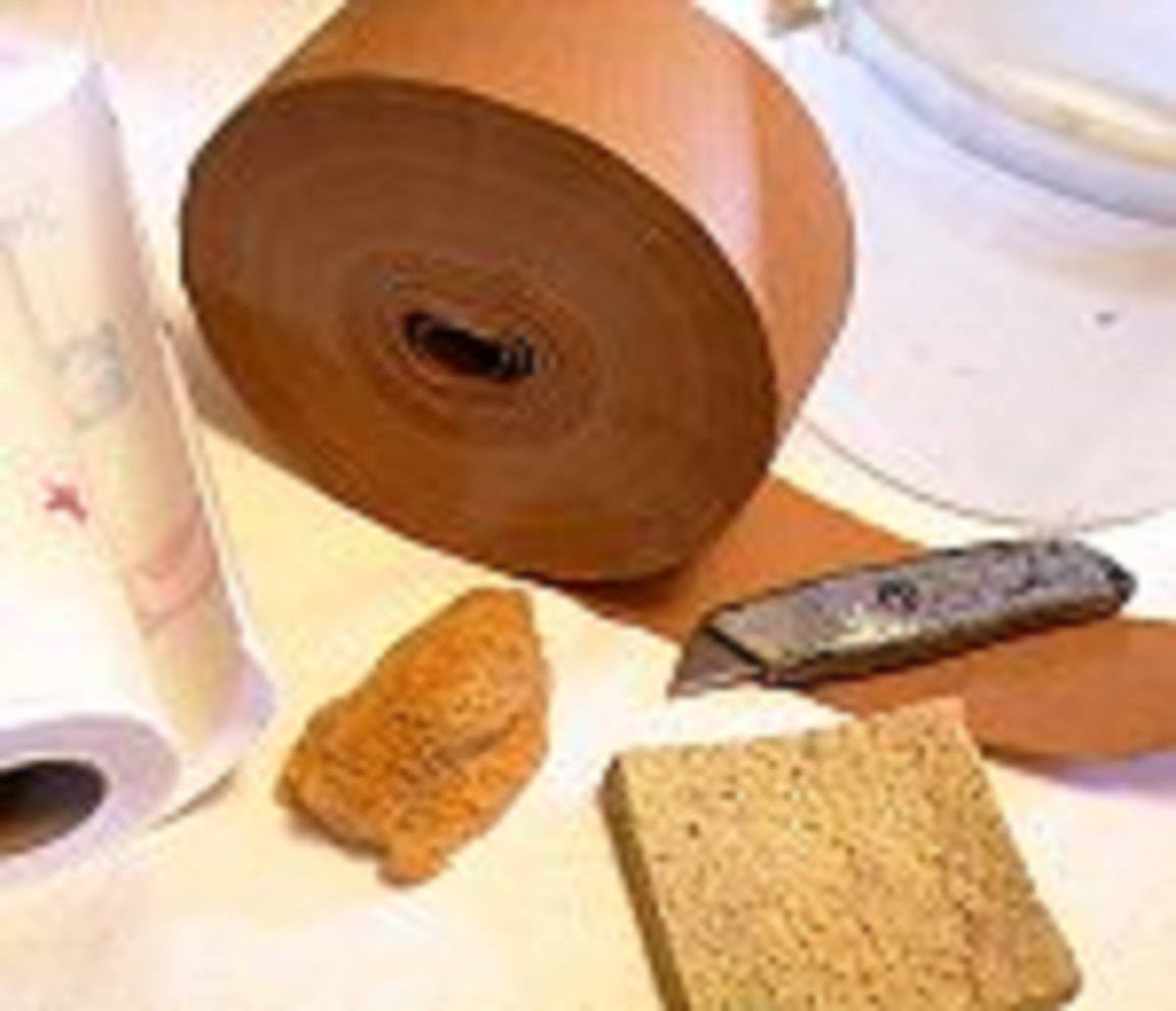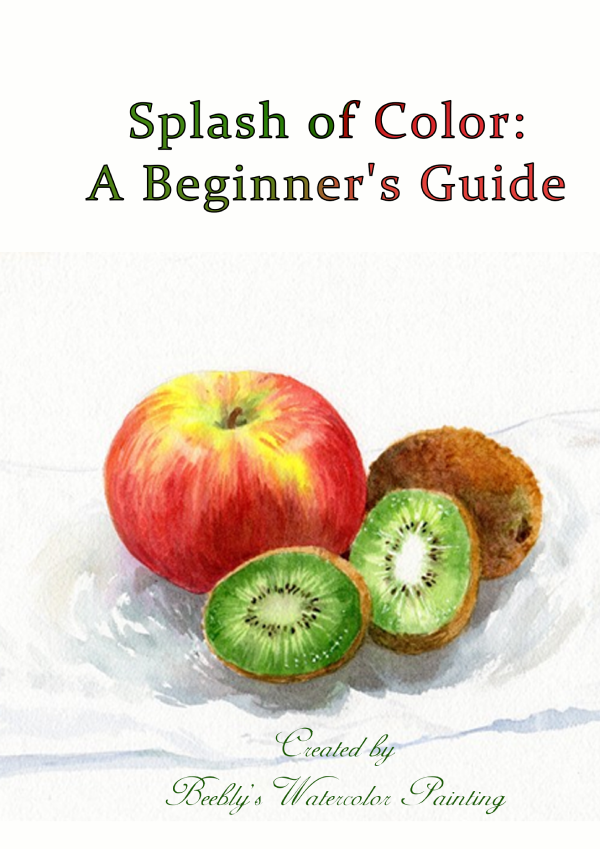What are the professional watercolorists preferences for tools and colors? The following lists include color, paper and brush preferences of accomplished, professional artists, past and present. For some artists, it doesn't take much in the way of materials to make great art. CHARLES BURCHFIELD (1893-1967) Paper: Early work - mounted light weight HP Strathmore; Mid career - HP, CP or Rough, usually CP Whatman or Arnold; Late career - mould-made rag papers, gelatine sized. Brushes/Palette: 1 pointed red sable, 3 straight black sable (camel hair) brights, 4 diagonally trimmed brights, 2 pig bristle brights cut short (for scrubbing). Palette used...
Categories: Watercolor Lessons , Intermediate Techniques
Finding the depth in art We function in a multidimensional universe and have to funnel our creativity into only two or three of those dimensions. In sculpture and related fields of art we are concerned with three dimensions. In drawing and painting however, we have to convert our 3 dimensional (3D) visual experience into 2 dimensional (2D) symbols. Perspective, in it's various forms, aids us in taking a 3D view and evoking the same visual sensation within the limits of two dimensions. The basic rules are simple and based on the visual reality we view through our stereoscopic vision. The...
Categories: Watercolor Lessons , Beginner TechniquesBlockx (Belgium) Years in business: 130+ The Blockx company was founded by the Belgium chemist Jacques Blockx in the 1860's. His artist friends coerced him to make a selection of paints for their use. Blockx watercolors come in two versions: the original honey-rich colors or 'moist' variety have a black cap. Those made with a more conventional formula have a white cap. Sizes available: 5ml, 15ml, and some pans. Go to Website: Blockx (Belgium) Daler Rowney (England) Years in business: 200+ In late 18th century England, with the declining taste for wearing wigs impacting their wig powder business, Thomas and...
Categories: Watercolor Lessons , Beginner Techniques
History of the Watercolor Industry Origins and Original Recipes Watercolor came to western artists in the late 1400s. Artists had to formulate, prepare and grind their own watercolor paint and tended to keep their secret recipes and methods to themselves. In the 18th century the first paint manufacturers set up shop in major european cities. They not only provided the basic pigments, resins and oils but found a market for ready made color pastes and other artist equipment. A famous example is an "herbal extract" shop in Paris that prepared the colors for Jean Baptiste Chardin when the artist's failing...
Categories: Watercolor Lessons , Beginner Techniques
Your brush with destiny Watercolor brushes are traditionally made of the red sable hair that comes from the pricey little critters of fur coat fame. Over the centuries artists have winnowed out the best materials for their tools. And by consensus it has been determined that the finest watercolor brushes are made of the hair found on the tips of the russian male Kolinsky red sable's winter coat. This particular hair has become reknown for it's ability to hold a load of paint and keep a resilent, sharp, and durable point, that always snaps back. The russian fur farm industry...
Categories: Watercolor Lessons , Beginner Techniques
Stretching your watercolor paper has certain aesthetic advantages. You'll end up with a perfectly flat surface on which to work. This surface will stay relatively flat as you work and the finished painting will dry perfectly flat. The only disadvantage is that it takes some effort and dedication to do it consistently. Any paper of less than #300 weight is bound to warp according to the amount of water absorbed in the painting process. Synthetic papers generally do not warp at all. Watercolor paper in prepared blocks will dry flat also, if left on the block to dry. There are...
Categories: Watercolor Lessons , Intermediate Techniques


